The 3 Spending Stages of Your Retirement
Popular thinking is that you’ll spend less once you retire, but that’s not what I’ve seen in my own clients, at least in the first few years.


How much money will you need throughout your retirement years?
No magic formula can give you a precise answer, but I believe you can estimate costs. I also believe you should plan for three distinct phases of retirement.
Phase One: Retirement to age 75.
In this phase, people tend to be very active. They travel, play golf and visit their grandkids. They’ve got energy, they’re on the go and they’re spending money. I’ve seen articles that say retirees’ cost of living will go down 40%, but that’s not what I’ve witnessed in my clients’ lives. Whatever money people spent on working (the commute, lunches, clothes, etc.) after retirement is spent on cruises, hobbies and fun. In fact, during this initial phase of retirement, costs for retirees typically go up.
From just $107.88 $24.99 for Kiplinger Personal Finance
Become a smarter, better informed investor. Subscribe from just $107.88 $24.99, plus get up to 4 Special Issues

Sign up for Kiplinger’s Free Newsletters
Profit and prosper with the best of expert advice on investing, taxes, retirement, personal finance and more - straight to your e-mail.
Profit and prosper with the best of expert advice - straight to your e-mail.
I suggest planning for your cost-of-living to rise 4% per year in Phase One. That may sound like a very aggressive rate, but I believe in overestimating on all possible costs and underestimating on income. If you do that and reality is better than planned, your financial plan will be better than planned, too.
Phase Two: Age 75–85.
Retirees are still active in this phase, but they’ve slowed down. They’ve done a lot of the things they’d planned for retirement, and though they’re still traveling and pursing hobbies, they’re also settling into routines at home. Although people are still spending in this phase, the cost of living typically plateaus. I’d plan for an increase of 3% per year to be conservative. We want to overestimate our expenses in the planning process so that reality should be better than the plan.
Phase Three: Age 85 plus.
In this third phase of retirement, people tend to spend more time at home and with their families, and costs go down (as long as health problems are not an issue). It can be a good time to think about the legacy you’ll leave, and even to begin transitioning some of your wealth to heirs, but once again, so as to be conservative, I also suggest you continue to build in a cost-of-living increase of 2% a year. When planning for our clients, we try to overestimate on the bad stuff and underestimate on the good stuff. The idea being that, if we are OK under that scenario, we should be OK under something better.
Having worked with retirees for many years, I’ve seen hundreds of people go through these three phases. One client defined them this way: “Phase One is golf, golf, golf. Phase Two is golf, golf. Phase Three is golf.” No matter how you define the phases, I think you’ll agree that most people’s interests, abilities and spending habits change during retirement, that yours probably will, too, and that it’s wise to take that into account when estimating your retirement costs.
Profit and prosper with the best of Kiplinger's advice on investing, taxes, retirement, personal finance and much more. Delivered daily. Enter your email in the box and click Sign Me Up.
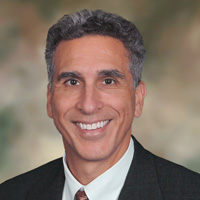
Ken Moraif is the CEO and founder of Retirement Planners of America (RPOA), a Dallas-based wealth management and investment firm with over $3.58 billion in assets under management and serving 6,635 households in 48 states (as of Dec. 31, 2023).
-
 The 10 Best Splurge Destinations for Retirees in 2026
The 10 Best Splurge Destinations for Retirees in 2026Come for the luxury vacation. Retire for the lifestyle (if the vacay goes well). What better way to test a location for retiring abroad?
-
 Builders Are Offering Big Mortgage Incentives — What Homebuyers Should Watch For
Builders Are Offering Big Mortgage Incentives — What Homebuyers Should Watch ForBuilder credits and below-market mortgage rates can ease affordability pressures, but the savings often come with trade-offs buyers should understand before signing.
-
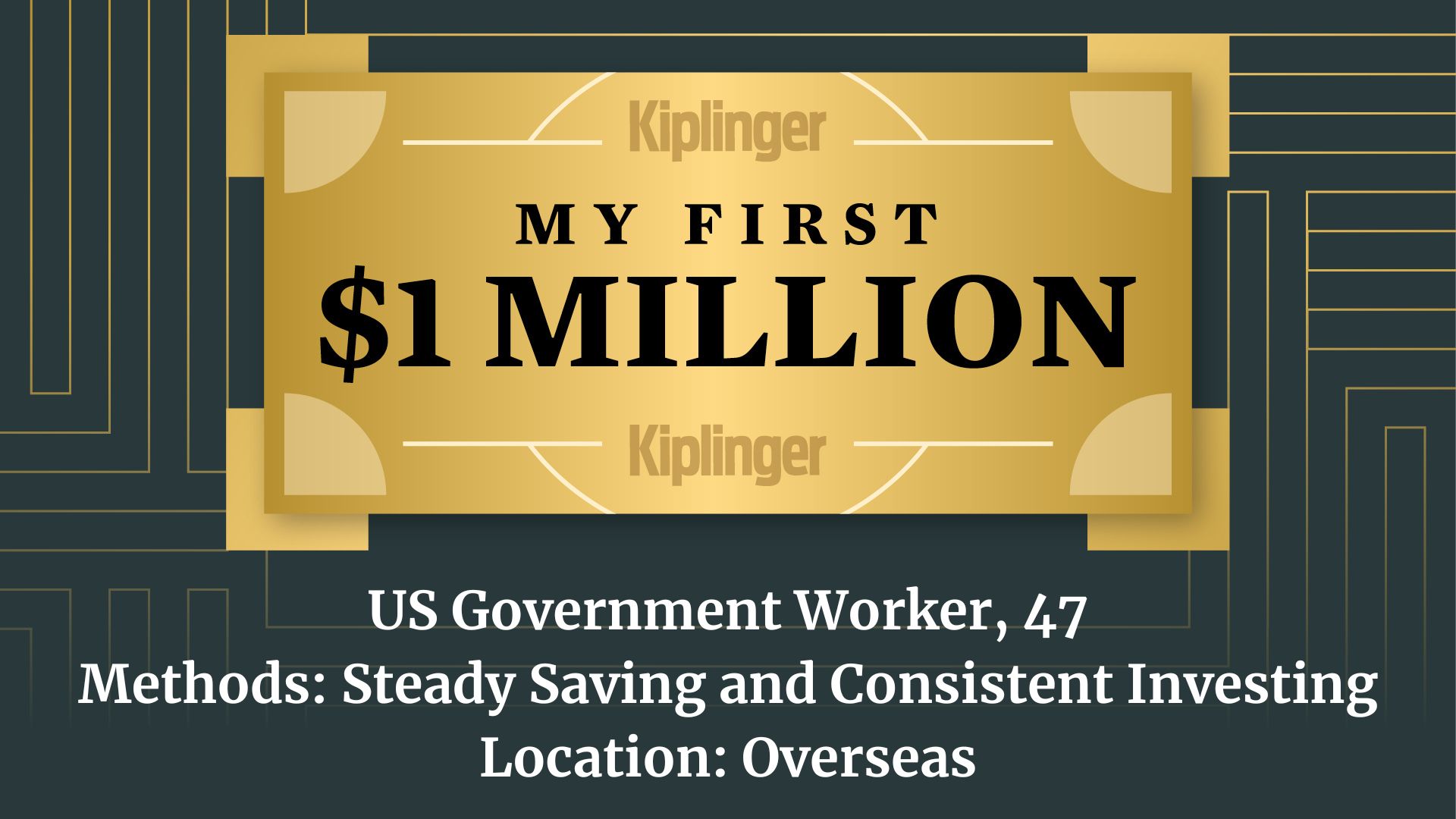 My First $1 Million: US Government Worker, 47, Overseas
My First $1 Million: US Government Worker, 47, OverseasEver wonder how someone who's made a million dollars or more did it? Kiplinger's My First $1 Million series uncovers the answers.
-
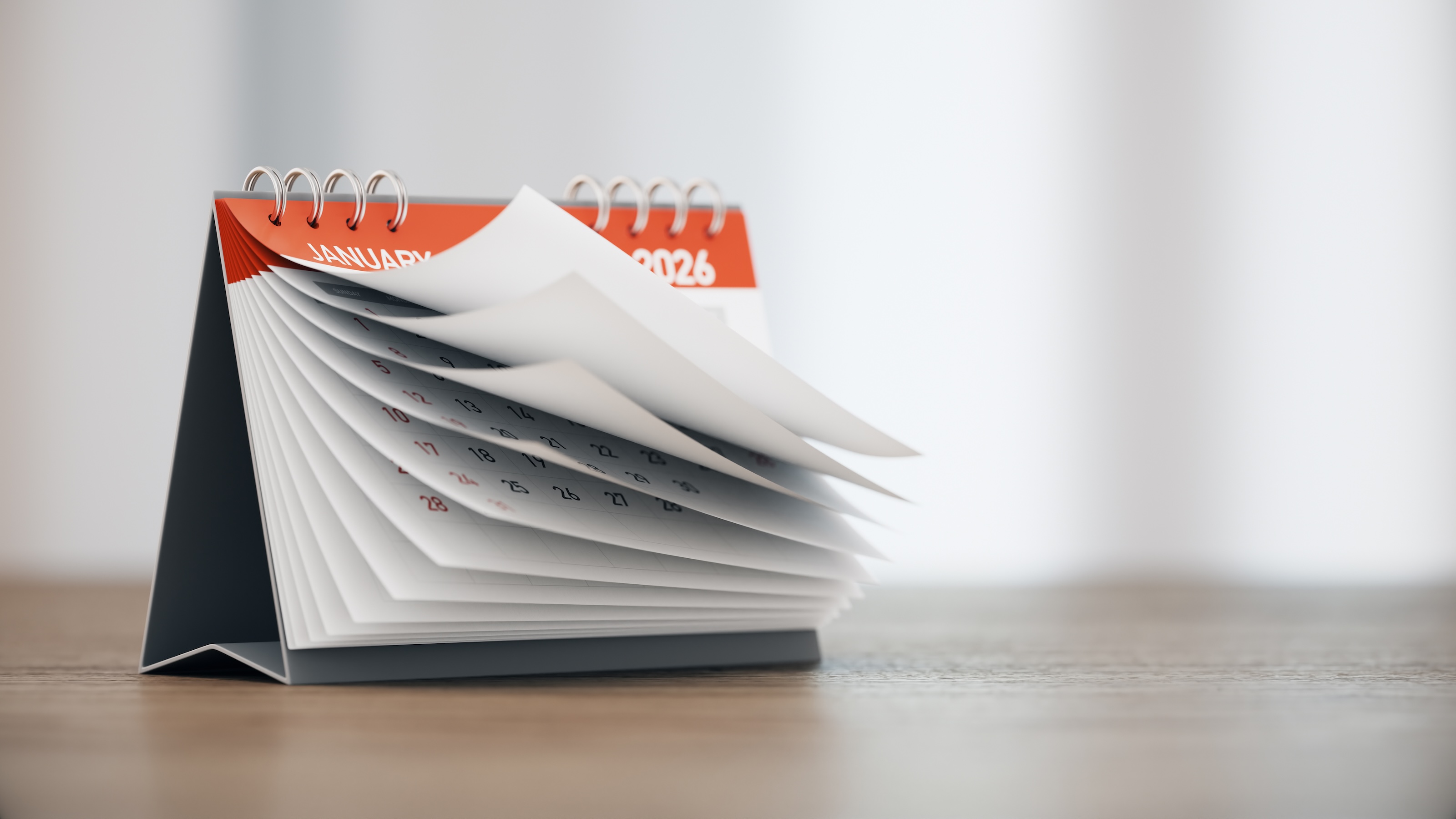 What Changed on January 1: Check Out These Opportunities Created by the New Tax Law
What Changed on January 1: Check Out These Opportunities Created by the New Tax LawA deep dive into the One Big Beautiful Bill Act (OBBBA) reveals key opportunities in 2026 and beyond.
-
 Beat the Money Blues With This Easy Financial Check-In to Get 2026 Off to a Good Start
Beat the Money Blues With This Easy Financial Check-In to Get 2026 Off to a Good StartAs 2026 takes off, half of Americans are worried about the cost of everyday goods. A simple budget can help you beat the money blues and reach long-term goals.
-
 Do Self-Storage REITs Deserve Space in Your Portfolio? It's a Yes From This Investment Adviser
Do Self-Storage REITs Deserve Space in Your Portfolio? It's a Yes From This Investment AdviserSelf-storage is an overlooked area of the real estate market, even though demand is strong. Investors can get in on the action through a REIT.
-
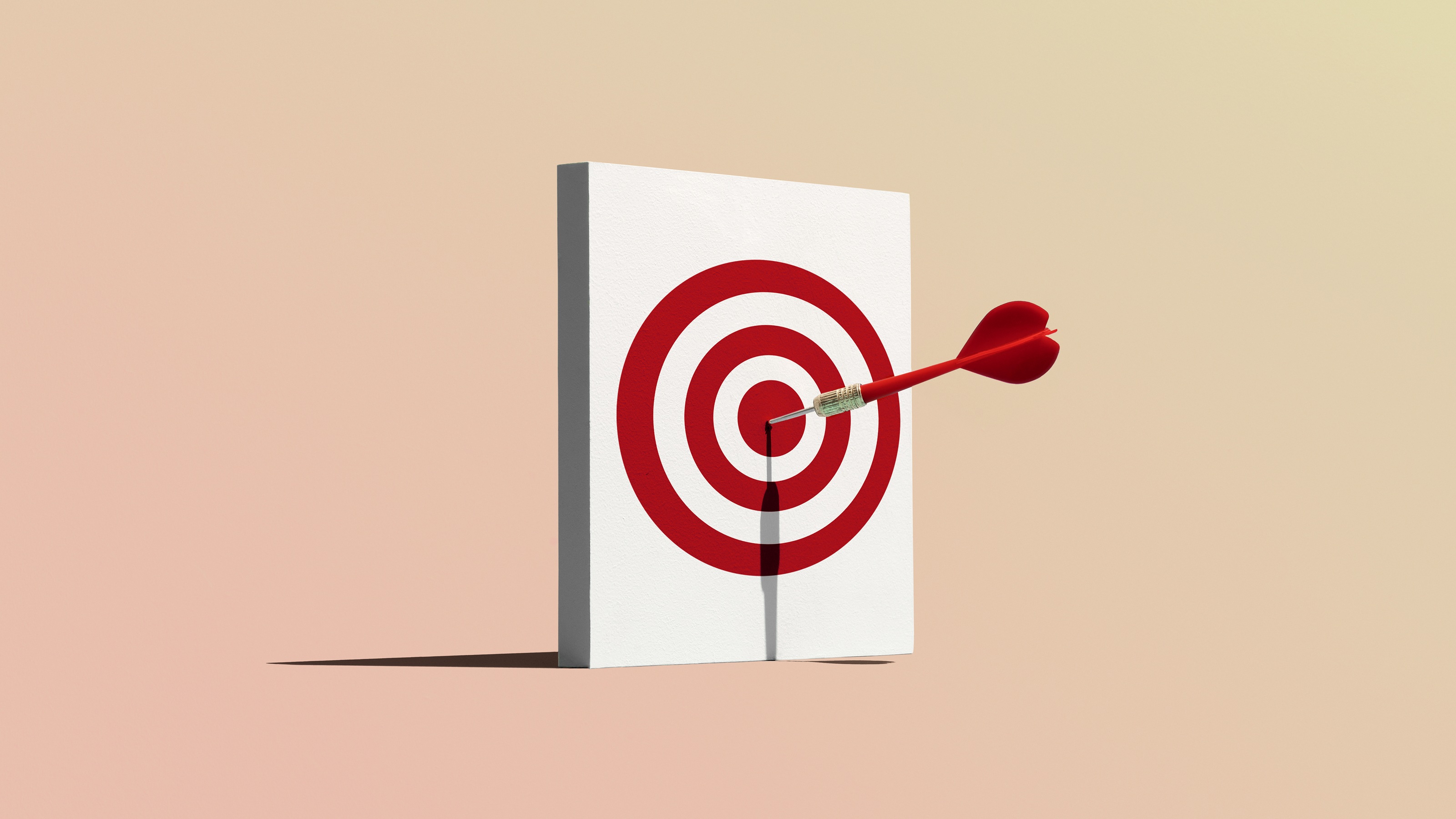 4 Simple Money Targets to Aim for in 2026 (And How to Hit Them), From a Financial Planner
4 Simple Money Targets to Aim for in 2026 (And How to Hit Them), From a Financial PlannerWhile January is the perfect time to strengthen your financial well-being, you're more likely to succeed if you set realistic goals and work with a partner.
-
 Estate Planning Isn't Just for the Ultra-Wealthy
Estate Planning Isn't Just for the Ultra-WealthyIf you've acquired assets over time, even just a home and some savings, you have an estate. That means you need a plan for that estate for your beneficiaries.
-
 How to Be a Smart Insurance Shopper: The Price Might Be Right, But the Coverage Might Not Be
How to Be a Smart Insurance Shopper: The Price Might Be Right, But the Coverage Might Not BeChoosing the cheapest policy could cost you when you have a loss. You'll get the best results if you focus on the right coverage with the help of a good agent.
-
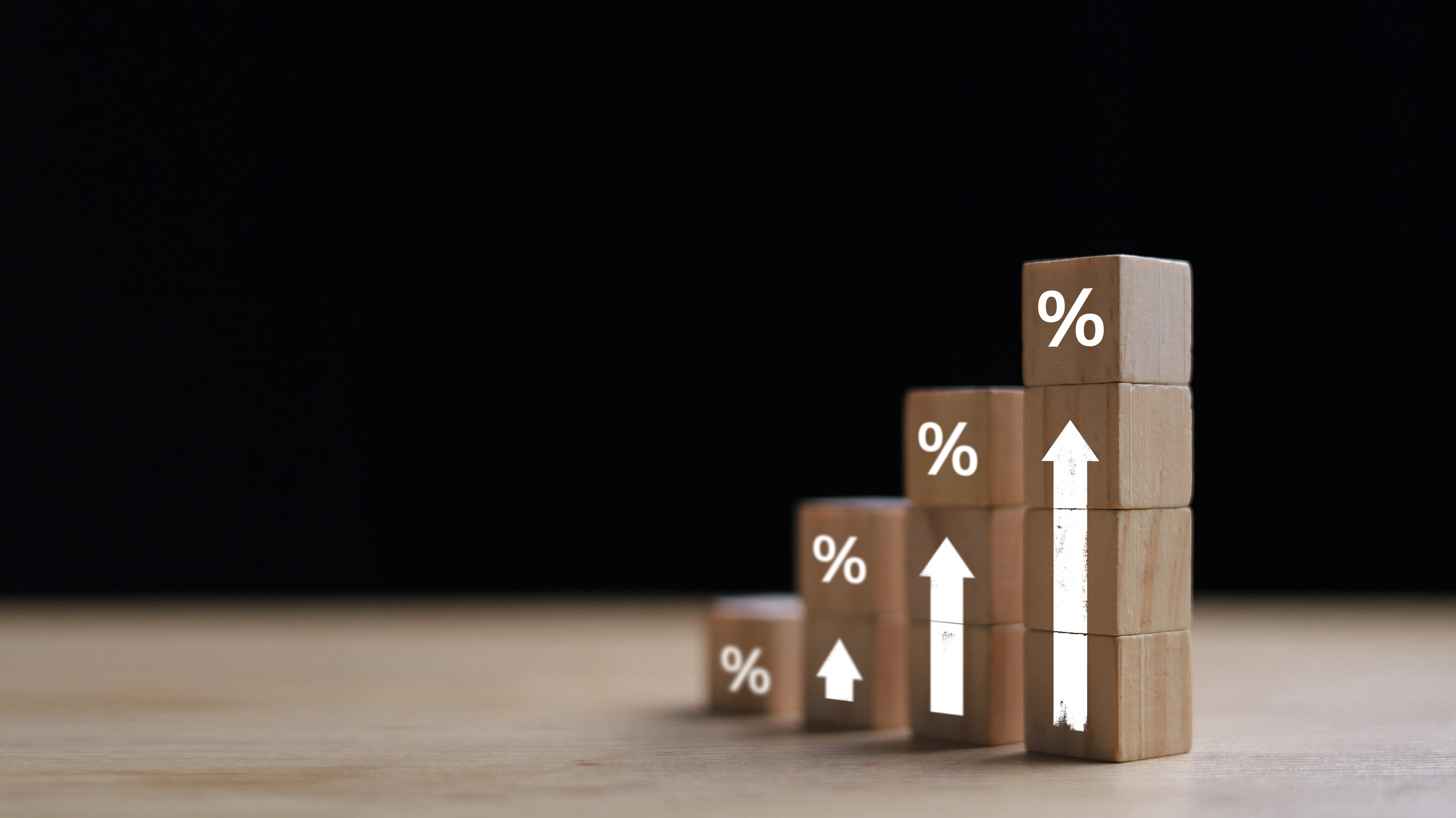 7 Reasons Why Your Portfolio Needs Short-Term Bond ETFs
7 Reasons Why Your Portfolio Needs Short-Term Bond ETFsMoney market funds are a safe option for your cash, but ultra-short and short-term bond ETFs also deserve consideration. Here are seven reasons why.
-
 I'm a Wealth Planner: Forget 2026 Market Forecasts and Focus on These 3 Goals for Financial Success
I'm a Wealth Planner: Forget 2026 Market Forecasts and Focus on These 3 Goals for Financial SuccessWe know the economy is unpredictable and markets will do what they do, no matter who predicts what. Here's how to focus on what you can control.